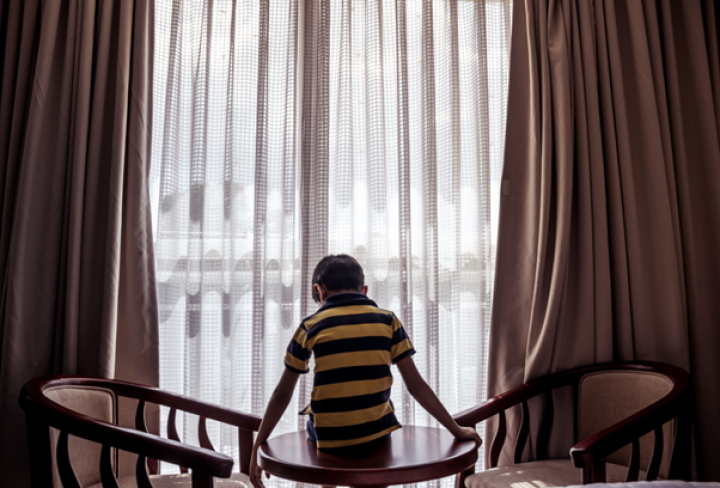Introduction:
Separation anxiety is a common experience for young children, typically starting before their first birthday and recurring until around the age of four. It’s natural for children to feel anxious and sad when saying goodbye to their parents. As a parent, you can use several effective strategies to help ease your child’s separation anxiety. In this blog post, we’ll provide you with valuable tips and insights to handle your child’s separation anxiety in a positive and supportive way.
Using Transitional Objects for Comfort:
Transitional objects, such as a favorite blanket, stuffed toy, or soft fabric balls, can provide reassurance to your child. Encourage your child to attach to these objects from infancy, as they symbolize comfort, joy, and safety. When you separate from your child, make sure these objects are readily available to offer them comfort and security.
Acknowledging Your Child’s Fear:
When your child is experiencing anxiety, it’s crucial to acknowledge and validate their feelings. Children in a state of anxiety are in a reactive mental state, where their brains go into the fight, flight, or freeze mode. By acknowledging their fear, you help them release their emotions and become more open to reasoning. Follow the guidance of experts Siegel and Payne, on engaging with children in this state and transitioning them to a calmer state of mind.
Gradual Separation:
Teach your child to stay calm even when they are away from you. Start with small separations, such as telling your child you are going to another room and will return soon. If you have an in-home sitter, ask them to arrive early, spend time with your child, and gradually transition to your absence. Your child picks up on your anxiety, so creating a peaceful environment for both of you is essential.
Positive Associations with Departure:
Help alleviate your child’s separation anxiety by creating positive associations with your departure. Let them see you leave, even if it triggers tears. Ensure there’s a fun activity waiting for them as soon as you’re gone. By doing this, you avoid reinforcing the idea that your departure is something to fear or worry about.
Establish a Goodbye Ritual:
When it’s time to say goodbye, establish a consistent and comforting goodbye ritual. This could involve a special handshake, butterfly kisses, or a short and sweet goodbye. Prolonging the transition time may increase your child’s anxiety, so keeping it concise and consistent is crucial.
Recognizing the Signs:
While some separation anxiety is normal, it’s important to recognize signs that may indicate a more severe condition. Look out for age-inappropriate clinginess, withdrawal from family, friends, or peers, refusal to go to school, intense guilt, excessive fear of leaving the house, or specific physical symptoms. If these signs persist, it’s advisable to seek professional help, such as talk therapy, play therapy, family counseling, or, in rare cases, medication.
Conclusion:
Handling your child’s separation anxiety requires patience, understanding, and consistent support. By using transitional objects, acknowledging their fear, gradual separation, creating positive associations, and establishing a goodbye ritual, you can help your child navigate this phase more smoothly. Remember to be attentive to any signs that may require professional intervention and seek help when necessary. With your guidance, your child will develop the skills to overcome separation anxiety and thrive in their new environments.

